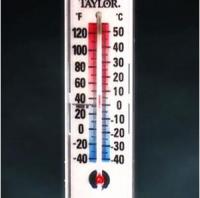| www.tmatlantic.com
Test & Soldering Equipment On-line Store |
|
D.E.V.I.C.E. (Wiki)Calculators Services |
|||||
Filter by first letter
|
Fahrenheit (°F)
Fahrenheit is the temperature scale proposed in 1724 by, and named after, the German physicist Daniel Gabriel Fahrenheit. Within this scale, the freezing of water into ice is defined at 32 degrees (°F), while the boiling point of water is defined to be 212 degrees (°F). The Fahrenheit scale was replaced by the Celsius scale in most countries during the mid to late 20th century. Fahrenheit remains the official scale of the United States, Cayman Islands and Belize. The Rankine temperature scale was based upon the Fahrenheit temperature scale, with its zero representing absolute zero instead. On the Celsius scale, the freezing and boiling points of water are 100 degrees apart. A temperature interval of 1 °F is equal to an interval of 5⁄9 degrees Celsius. The Fahrenheit and Celsius scales intersect at −40° (−40 °F and −40 °C represent the same temperature). |
Measurement History Events
|
Site mapPrivacy policyTerms of Use & Store PoliciesHow to BuyShippingPayment




|


























